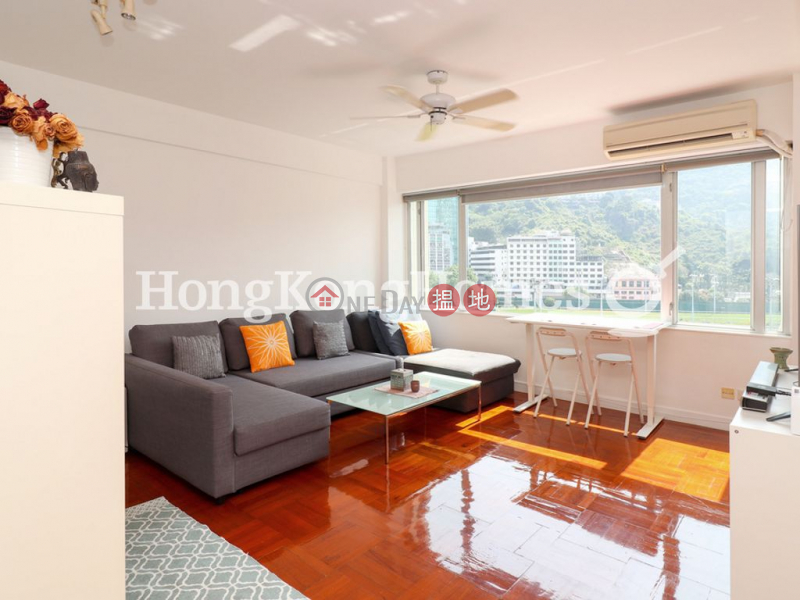


There are two main ways that alternative keyboard layouts make major enhancements over QWERTY. The answer – for the longevity of your fingers and wrists. Switching to an alternative layout is going to take some serious effort in order to rewire years of muscle memory to get to the point where you can type just as quickly as you can today, so why bother? Regardless of why QWERTY was made the way it was, what’s really important is that it is in no way optimized for the modern keyboards.īefore we jump into the alternatives to QWERTY, let’s take a moment to discuss what makes these layouts more efficient for typing. The most popular theory is that frequently used keys were tried to not be placed next to one another, or else the typewriter could jam if typing quickly.Īnother theory is that Morse-code operators played a large role in the design of the layout by requesting that certain letters that sound alike be placed next to one another. In fact, just about every theory is debated. There’s not a whole lot know for certain as to why the keys on a QWERTY layout are placed where they are.

Simply because QWERTY was first to market and because learning a new keyboard layout is such a pain, a 130 year old typewriter layout remains the standard in our digital world. In 1893, the five largest typewriter manufacturers agreed to make QWERTY the standard layout. By the late 1870’s, the Remmington Standard 2 became the first widely produced and purchased typewriter which features essentially the same exact QWERTY layout we use today across all our modern devices. QWERTY was invented in the early 1870’s and first used on a series of typewriters. Most people have only ever known QWERTY, the default keyboard layout across every Western country. If you aren’t exactly sure what the phrase “keyboard layout” refers to, or didn’t even know there are alternatives, you’re not alone. Today, we’re going to talk about a lesser thought about means to optimize your keyboard – your keyboard layout. It can be buying a better keyboard for programming or setting up your keyboard so it’s more ergonomic for your fingers wrists. Optimizing your keyboard can be done across a few different means. With so much time spent typing, the obvious answer is you absolutely should strive to make your keyboard as optimal as possible! If you average an additional 3 hours a day at a computer when you’re at home, then you’re looking at over 3,000 hours every year spent behind a keyboard. If you’re a computer programmer, you likely spend at least 2,000 hours at your keyboard at work every year. Alternating Hands Means More Speed, Less Strain.


 0 kommentar(er)
0 kommentar(er)
